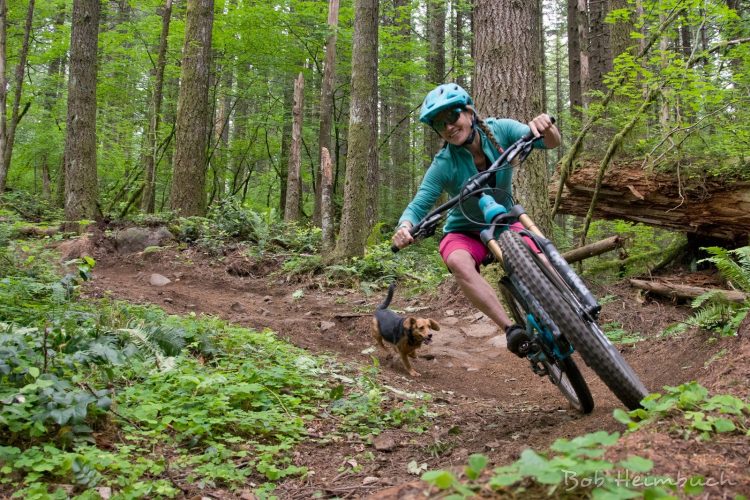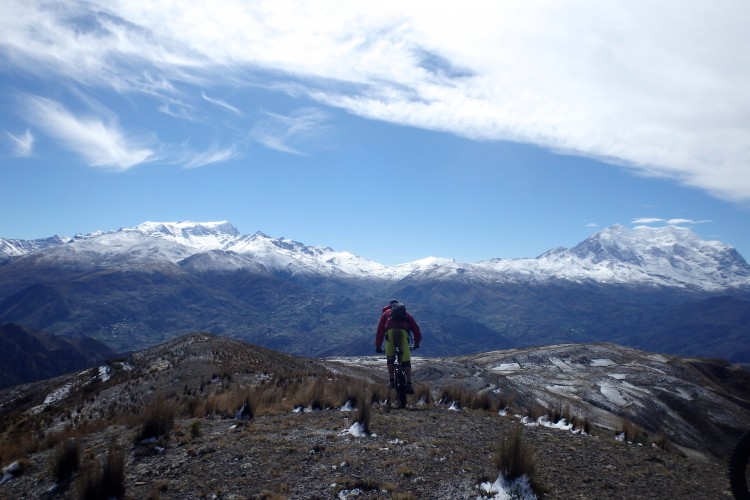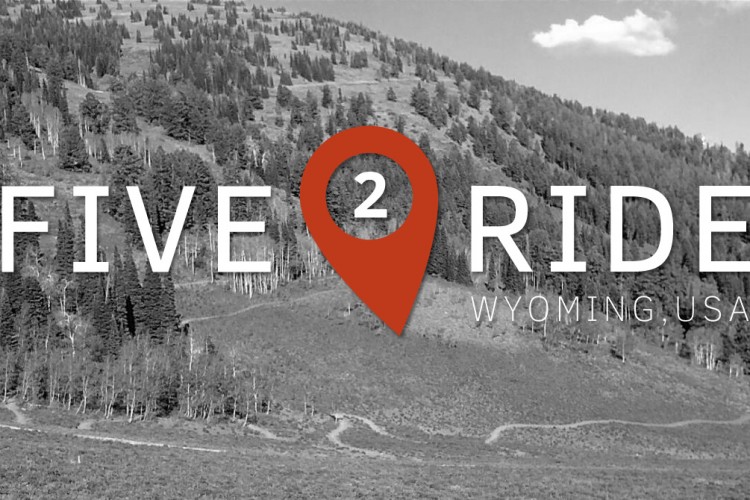
When the Wilderness Act passed in 1964, it was a huge win for conservationists and public land advocates. The law created a way to designate areas as wilderness, which barred roads and structures from being built, while banning logging, mining, and the use of mechanized and motorized equipment.
It also created the National Wilderness Preservation System, designed to manage 9.1 million acres of newly designated wilderness areas. Today the total is around 110 million acres. Today we’re up to about 235 million acres of wilderness in the US, according to The Wilderness Society.

The Wilderness Act also introduced confusion about how to deal with mountain biking in wilderness areas.
After the Act was introduced, senators and officials went back and forth for years, trying to interpret what the law meant for bicycles. In 1977, the U.S. Forest Service cleared things up and explicitly said that bicycles are not allowed in designated wilderness areas.
Mountain biking is born
On the West Coast, mountain biking was born around the same time. Local land managers in California didn’t understand how to deal with people riding their bikes down the trails and fire roads. It simply wasn’t something they had seen before.
Five separate mountain bike groups had already formed, but decided to unite for a stronger presence. The Concerned Off-Road Bicyclists Association, Bicycle Trails Council East Bay, Bicycle Trails Council Marin, Sacramento Rough Riders, and the Responsible Organized Mountain Peddlers combined to form the International Mountain Bicycling Association.
“[Mountain bikers] wanted to do something about it. It was really as simple as that,” says Katherine Fuller of IMBA.
At first, IMBA organizers thought they would get together, re-open trails to mountain bikers, shut the organization down and move on. At the time, they were near-sighted in seeing the need and impact for a major advocacy organization. But, as mountain biking grew across the country, riders in other areas faced the same issues. Land managers put mountain bikes in the same category as motor vehicles, which limited access.
IMBA “fought fire with fact,” says Fuller. They educated land managers on what mountain biking was and what impact it had on the environment. It started to work. Trails re-opened and mountain bikers became a part of the process when new trails were built.
“It’s kind of crazy how much they accomplished in the early days when they were all volunteers,” says Fuller.
IMBA grew and local chapters sprouted to make sure that local needs were addressed at the strongest level.
Things have changed since the 70s and 80s. There are more riders, bikes are faster, and everyone is wondering how land managers will deal with e-bikes, but Fuller says the principles of advocacy are the same. It starts with education and incorporates individual responsibility. Mountain bikers need to speak up and take charge, she says. What’s different today are the opportunities available to mountain bikers.
“We’ve gone from a threat-based landscape, where trails were being closed, to an opportunity-based landscape,” she says.

Now groups can argue for directional or bike-specific and bike-only trails.
Different advocacy groups might have different missions, also. In 2015 the Sustainable Trails Coalition took IMBA’s advice to take matters into their own hands, and formed with the mission to reverse the blanket ban on bikes in designated wilderness areas, giving responsibility and decision making to local land managers instead.
IMBA ultimately reaffirmed that it wont attempt to reverse the ban on bikes in designated wilderness areas. They say that has never been a part of their mission.
Instead, IMBA continues to meet with political figures to keep mountain bikers at the table when conversations take place. Educating landowners, the public, and even mountain bikers remains a hallmark for the group.
Regardless of which mountain bike organization is advocating for us, it’s important that we’re making ourselves known.
“Mountain bikers have to get involved or else we get left out,” says Fuller. “We’re the most active user group out there. When we get involved, good things happen.”



















